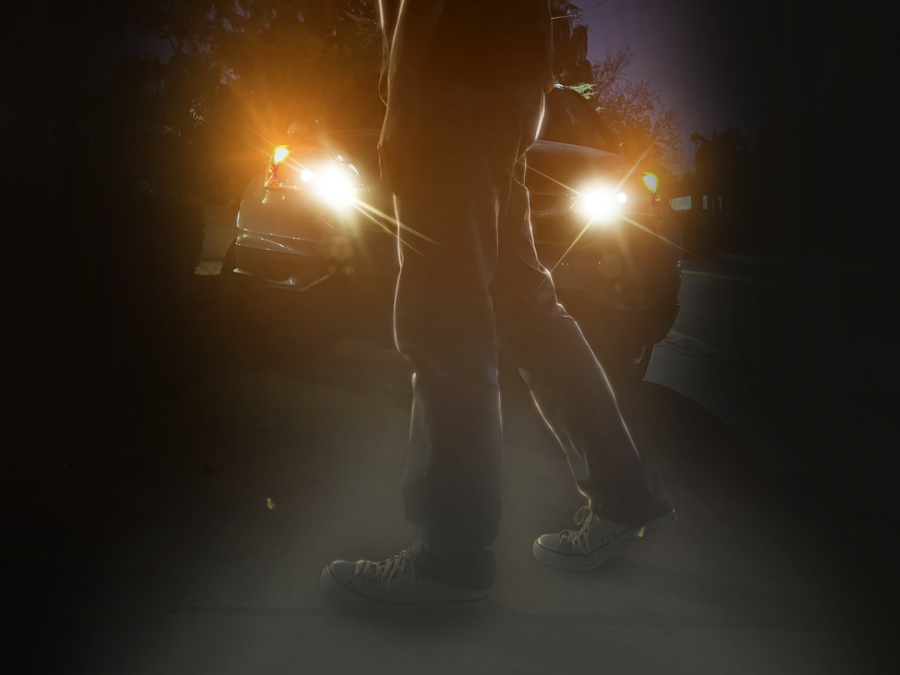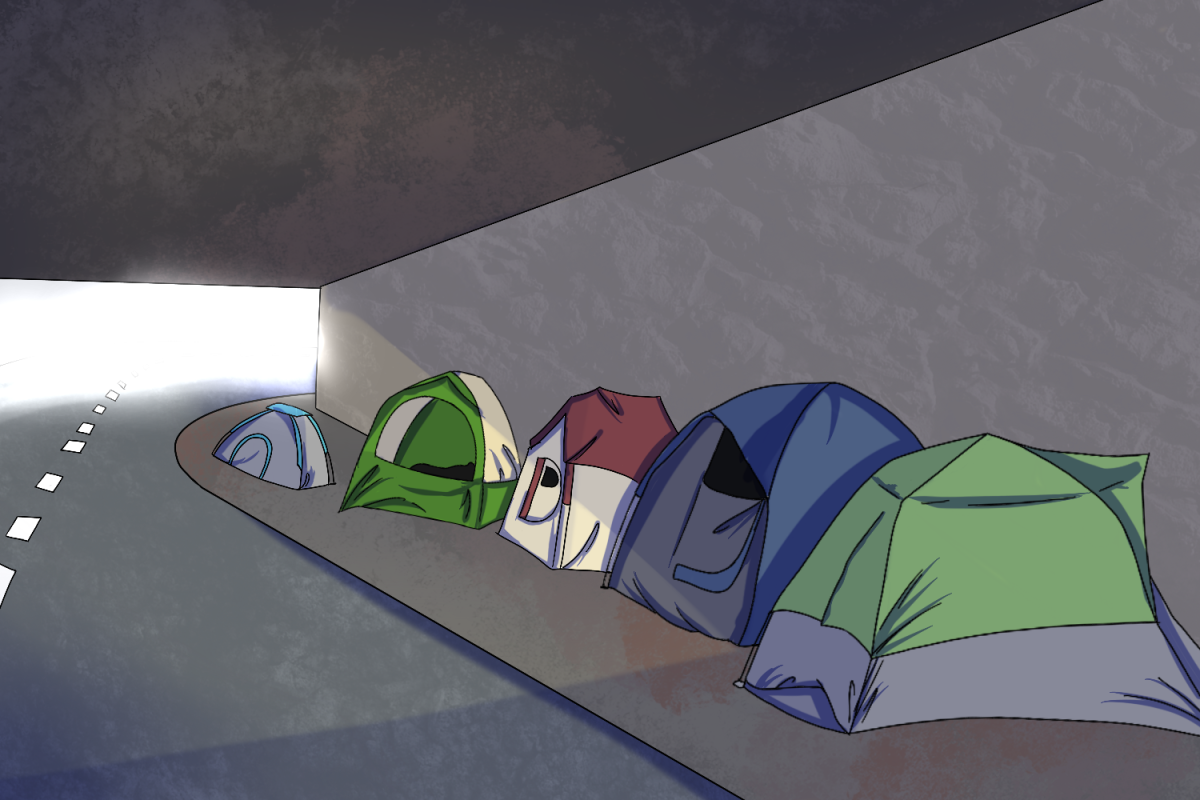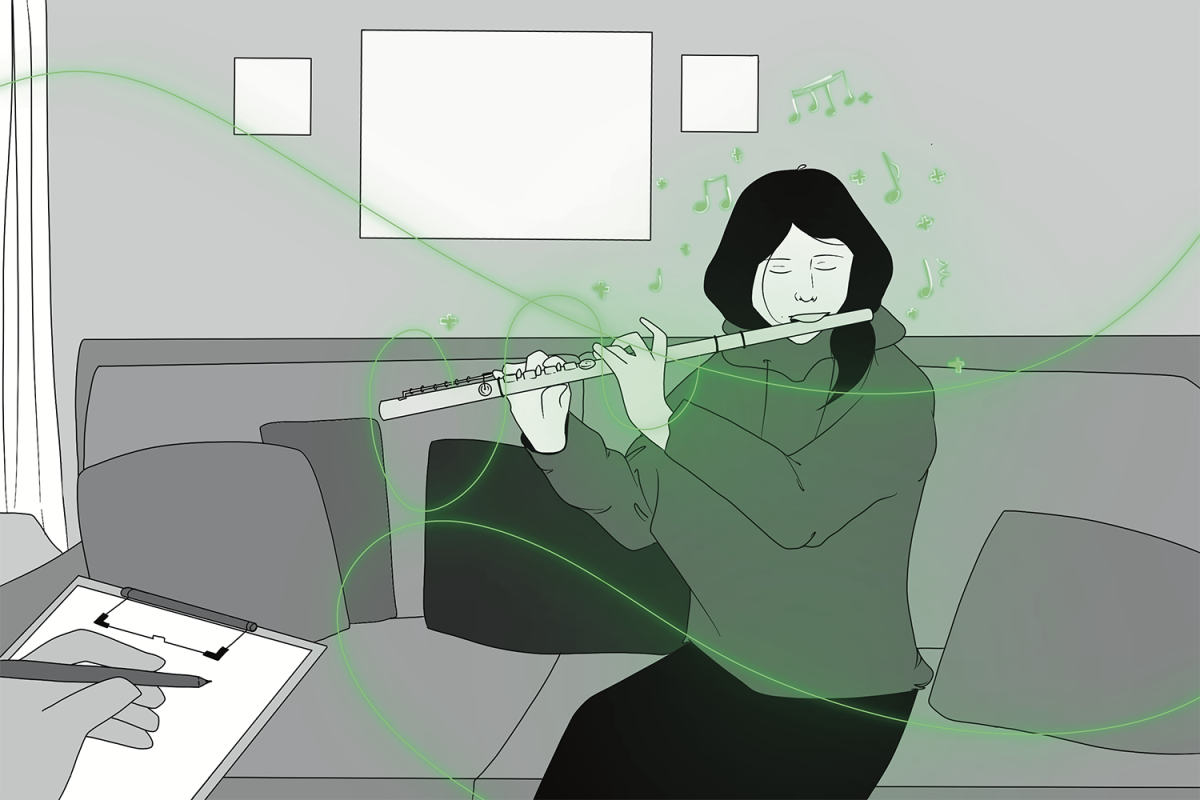You check in the right-wing mirror and flick on the blinker, performing the same procedure you learned in Driver’s Ed. As you round the corner in a perfect curve, your eyes widen as a pedestrian strolls down the middle of the lane, seemingly unaware of the sidewalk paralleling their current trajectory.
Reflexes activate, and you perform a mild swerve. The incident never crosses your mind again. But if you were to have hit that person, whose fault would it have been?
California Vehicle Code Section 21950, Section A states, “The driver of a vehicle shall yield the right-of-way to a pedestrian crossing the roadway within any marked crosswalk or unmarked crosswalk at an intersection, except as otherwise provided in this chapter.”
It’s common sense that drivers should avoid hitting pedestrians. But the entitlement of said pedestrians puts vehicle operators in an unfair position.
Most pedestrians rarely feel endangered when walking. Even when crossing the road, they are confident in drivers’ abilities to notice them and slow down appropriately.
There is a point where confidence becomes negligence, and one will believe they’re immune to the consequences of either being hit by a car or being at fault for inducing harm.
Pedestrians leave themselves vulnerable when walking on the road even though a sidewalk is available, and then blocking out their surroundings in favor of their cell phones. Or, they’ll render themselves virtually invisible to nighttime drivers by donning dark attire in the dead of night.
Credit: California Office of Traffic Safety, Pedestrians Don’t Have Armor – Quiet Battle
In California, if a driver hits and injures a pedestrian who was partially responsible for the incident and the case goes to court, an assessment of comparative negligence comes into play. According to California Civil Jury Instructions, the defendant driver must prove that the plaintiff was negligent and that said negligence was a substantial factor in the damages they received. The jury can determine the percentage of fault for each involved person, and the plaintiff’s percentage is thus deducted from their award if they sued the driver.
The odds are immediately and inherently against a driver who was involved in a collision with a pedestrian.
When reports of car accidents involving pedestrians circulate, the victims’ injuries are the most emphasized aspect of the case. However, the human body of a pedestrian stands little chance against a two-ton-or-so engine-powered apparatus piloted from the inside.
At the same time, a human’s reaction time and observation skills are limited and vary from person to person. Cases such as these make proving comparative negligence difficult without proof.
The latest state legislation also fails to increase pedestrian awareness. September’s signage of Assembly Bill 2147, also known as the Freedom To Walk Act, decriminalized crossing the street in non-designated areas, except if the pedestrian is in immediate danger of being struck. Police are prevented from stopping or ticketing jaywalkers “unless a reasonably careful person would realize there is an immediate danger.”
The forefront reason for this bill is to prevent law enforcement from citing jaywalkers on a racial bias. Despite its good intentions, it contributes to the general lack of pedestrian awareness. The bill’s provisions can be misinterpreted as a free pass to jaywalk.
Messages toward pedestrians need to multiply and change. It is of the utmost importance that all people know the extent of the law, especially when engaging in activities that could threaten their lives and well-being.
One prime example of this communication comes from Vehicle Code Section 21966 and is as follows: “No pedestrian shall proceed along a bicycle path or lane where there is an adjacent adequate pedestrian facility.”
But this is primarily disregarded compared to that false dogma: “the pedestrian always has the right of way.”
Pedestrians must practice as much care as drivers do to ensure their safety and public safety. Carelessness and negligence do not only sit behind the wheel.













